Deathcap (Amanita phalloides)
Silent assassin and killer of kings. The deathcap has been used as a murder weapon for millennia. It grows in mixed woodland; make sure to stay away when foraging!
Common name: deathcap
Scientific name: Amanita phalloides
Family: Amanitaceae
Fruiting season: July to November
Habitat: mixed deciduous woods, often in widely spaced groups, particularly under oak and beech
What does deathcap look like?
A large fungus growing up to 15cm across and 15cm tall with a domed or white cap – depending on age – on an off-white stem. Although it looks fairly inoffensive and similar to a number of edible mushrooms, it is deadly poisonous.
Fruitbody: a shiny olive-yellow to greenish-bronze cap, 5–15cm in diameter. Dome-shaped at first and flattening as it matures, darker in the middle with faint radiating fibres giving it a streaked appearance. It smells sickly sweet and rancid when old, though at the button stage is virtually odourless.
Gills/spores: underneath the cap, the gills are broad and free, pure white turning cream or even slightly pink as they age. The spores are smooth and are elliptical in shape and its spore print is white.
Stipe (stalk): the stem is off-white, 7–15cm high with a floppy ring. It is swollen at the base and sits in a bag, or volva.
Not to be confused with: false deathcap (Amanita citrina), which smells strongly of raw potatoes. It is said to be edible but should be avoided because it is easily confused with deathcap and its deadly cousin, destroying angel (Amanita virosa).
Squirrels and rabbits don’t appear to be affected by eating deathcap mushrooms.
Value to wildlife
Deathcap is a mycorrhizal fungi and largely lives off the roots of trees, releasing nutrients back into the soil for reabsorption by plants, and therefore plays a vital role in the woodland ecosystem.
Mythology and symbolism
Deathcaps are able to produce circles of fruiting bodies, known as fairy rings, which over centuries have been the subject of fairy tales and folklore.
With only a small amount of the cap being necessary to kill someone, and symptoms not always appearing straight away, they have been used as an invisible murder weapon for millennia. The Romans and ancient Greeks recognised it as a deadly poison. It is said that Agrippina murdered her husband, Roman Emperor Claudius, by mixing deathcap juice with Caesar’s mushrooms (Amanita caesarea). He died of poisoning a few days after the meal. Voltaire claimed that Charles VI died by deathcap poisoning.
Thousands more have died when mistaking deathcaps for edible mushroom species, especially at the button stage.

Credit: Frank Blackburn / Alamy Stock Photo
Uses of deathcap
Deathcap, as its name implies, is deadly poisonous! Beware of mistaking young ‘button’ specimens for edible mushrooms.
Deathcaps contain the poison amanitin and are responsible for 90% of deaths by fungus, with half a cap or even less enough to kill a person.
Keep exploring

Poisonous mushrooms: 8 most dangerous UK mushrooms
Hanako Shimada • 19 Feb 2025
Your guide to 8 of the most poisonous mushrooms in the UK, including the terrifyingly named deathcap, destroying angel and funeral bell. Find out where they grow, how to identify them and why you should steer clear!
Unearth the facts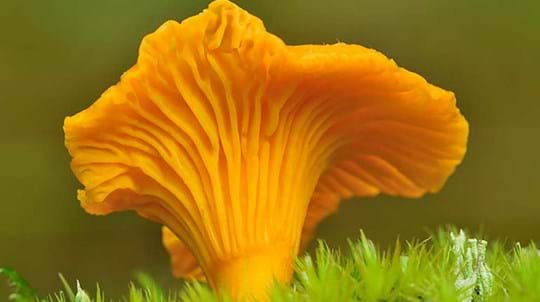
Trees woods and wildlife
Fungi and lichens
A dazzling array of shapes, sizes and colours. Find out about fungi and lichens, from ancient taboos to magic and medicine.
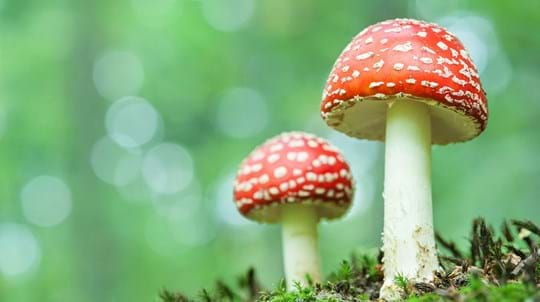
Blog
Types of mushroom in the UK: common identification guide
Helen Keating • 31 Aug 2017
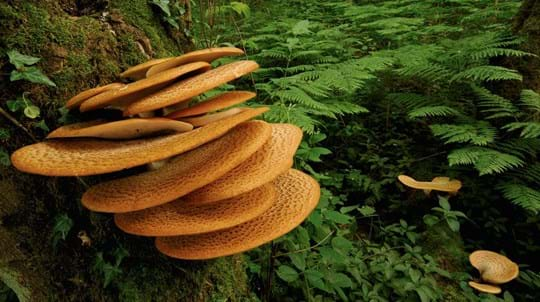
Blog
Bracket fungi identification: 10 common UK species for beginners
Amy Lewis • 21 Oct 2021
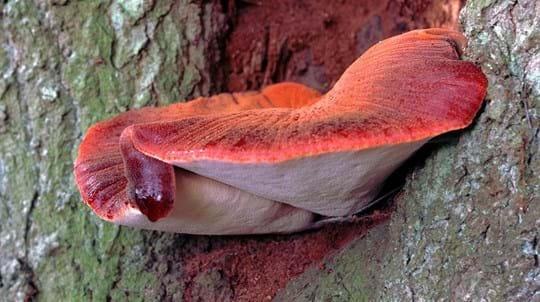
Blog
Foraging in October: which wild mushrooms can you eat?
Helen Keating • 29 Oct 2018
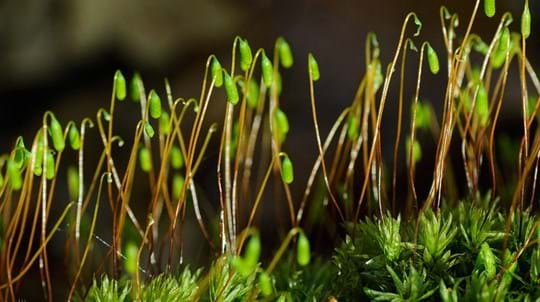
Trees woods and wildlife
Mosses
Ancient and damp, mosses are part of a group of plants known as bryophytes. There are over 1,000 in the UK, and some have global significance.
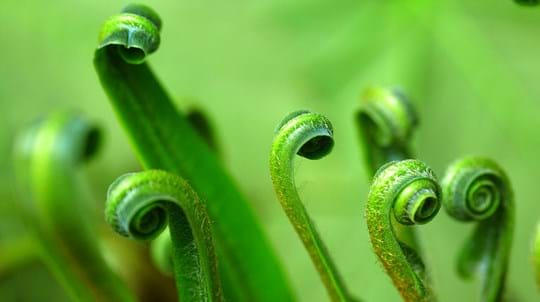
Trees woods and wildlife
Ferns
Lush, ancient and primitive. Find out more about the UK's shade-tolerant woodland ferns.
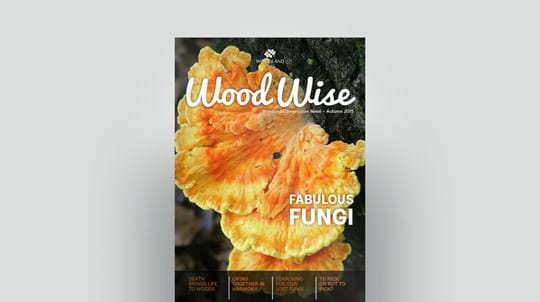
Journal
Wood Wise – fabulous fungi
PDF (1.58 MB)
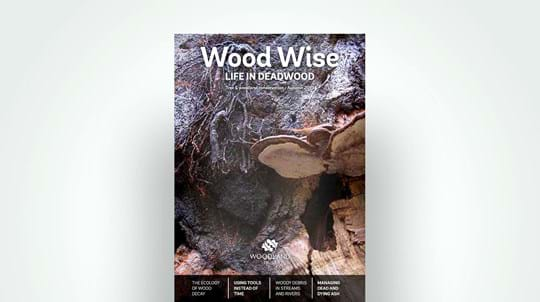
Journal
Wood Wise – life in deadwood
PDF (4.01 MB)






